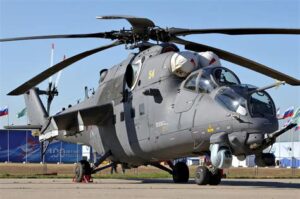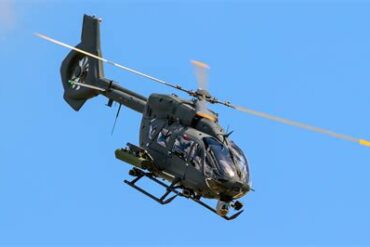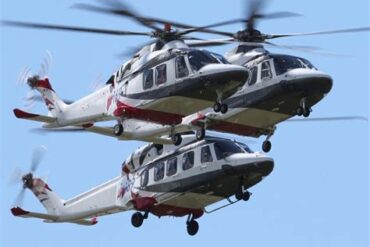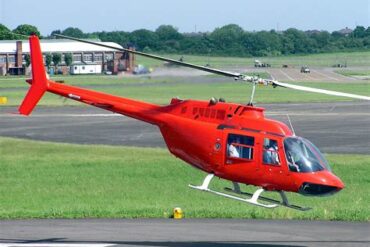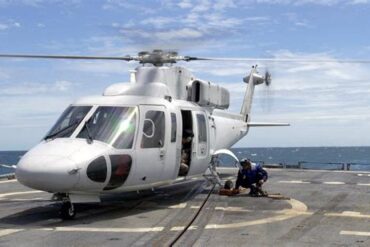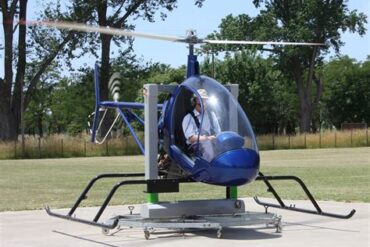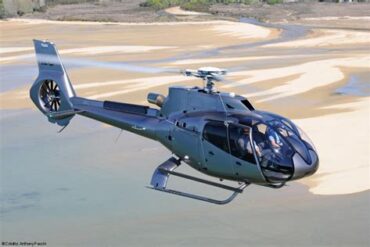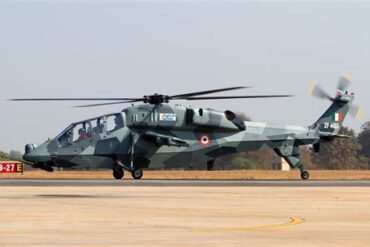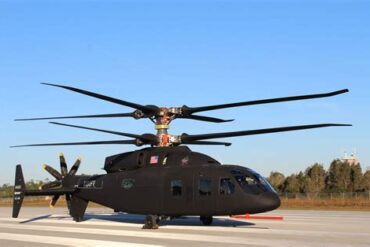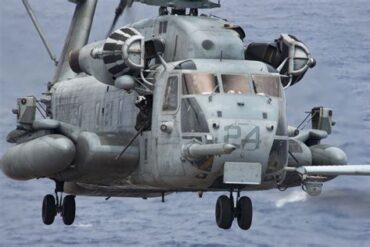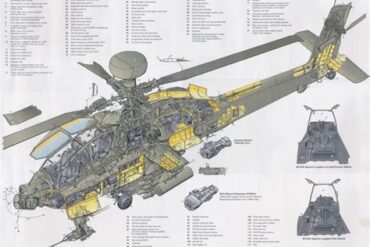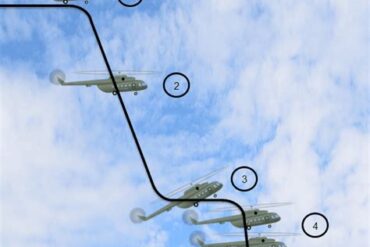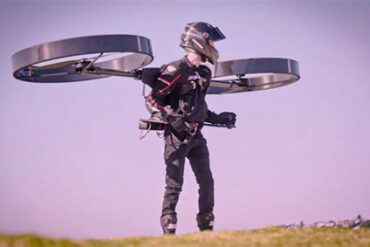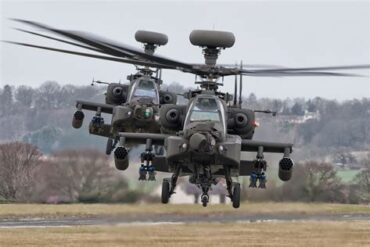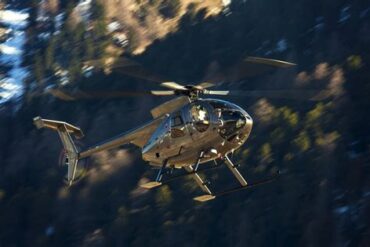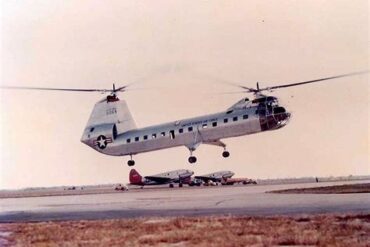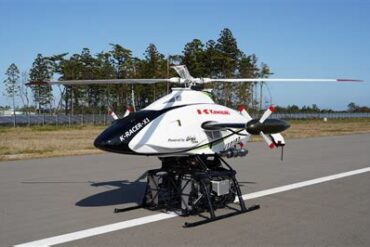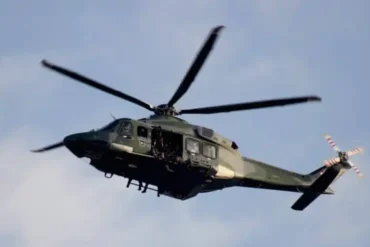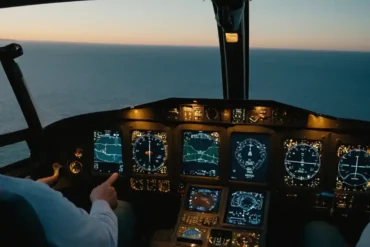Russia has been at the forefront of rotary-wing aviation since the inception of helicopters. Russian helicopters are renowned globally for their robustness, versatility, and capability to operate in the harshest environments. This guide delves into the history, development, and key models of Russian helicopters, providing an extensive overview of their unique features and applications.
History of Russian Helicopters
Origins and Early Developments
The history of Russian helicopters dates back to the early 20th century, with pioneers such as Igor Sikorsky laying the groundwork for what would become a major industry. Although Sikorsky later emigrated to the United States, where he made significant contributions to helicopter design, his early work in Russia was instrumental in the initial exploration of vertical flight.
During the Soviet era, the helicopter industry gained momentum, driven by military needs. The Soviet Union recognized the strategic importance of helicopters, especially for transport, reconnaissance, and combat roles. The establishment of design bureaus such as Mil and Kamov marked the beginning of a new era in helicopter innovation.
The Cold War Era: A Surge in Innovation
The Cold War period was a catalyst for rapid advancements in helicopter technology. The Soviet Union, driven by the arms race, developed a wide range of helicopters that were not only militarily effective but also versatile in civilian applications. The introduction of the Mil Mi-8 in the 1960s is a testament to this era. The Mi-8 became one of the most produced helicopters in history, serving in various roles from transport to medevac to gunship.
Another significant development was the Kamov Ka-50, a coaxial rotor attack helicopter that showcased Russia’s innovative approach to helicopter design. Unlike traditional helicopters, the Ka-50’s coaxial rotors allowed for increased agility and reduced mechanical complexity, making it a formidable opponent on the battlefield.
Key Models of Russian Helicopters
Mil Mi-8/17: The Workhorse
The Mil Mi-8, and its export variant, the Mi-17, are perhaps the most iconic Russian helicopters. These medium twin-turbine helicopters have been the backbone of many military and civilian operations around the world. The Mi-8/17’s versatility is unmatched; it can be configured for passenger transport, cargo hauling, medevac, search and rescue, and even as a gunship.
With a maximum takeoff weight of 13,000 kg and the ability to carry up to 24 passengers or 4,000 kg of cargo, the Mi-8/17 is both robust and reliable. Its ability to operate in extreme temperatures, from the freezing cold of Siberia to the scorching heat of deserts, adds to its global appeal.
Mil Mi-24: The Flying Tank
Nicknamed the “Hind” by NATO, the Mil Mi-24 is a unique combination of an attack helicopter and a troop transport. This heavily armed helicopter can carry eight fully equipped soldiers while providing close air support with its powerful armament, which includes a 30mm cannon, anti-tank guided missiles, and rocket pods.
The Mi-24’s armored fuselage provides protection for both the crew and the troops it carries, making it a formidable presence on the battlefield. Its dual-purpose design has made it a favorite in various conflicts, from the Soviet-Afghan War to numerous African civil wars.
Kamov Ka-50/52: The Black Shark and Alligator
The Kamov Ka-50 “Black Shark” and its two-seat variant, the Ka-52 “Alligator,” represent the pinnacle of Russian attack helicopter design. These helicopters are known for their coaxial rotor system, which eliminates the need for a tail rotor and provides superior maneuverability and redundancy.
The Ka-52, in particular, is equipped with state-of-the-art avionics, including a helmet-mounted target designation system, night vision, and an advanced radar suite. Its armament is equally impressive, featuring a 30mm cannon, anti-tank missiles, air-to-air missiles, and unguided rockets. The Ka-52’s versatility allows it to perform a variety of missions, from tank hunting to close air support to reconnaissance.
Mil Mi-26: The Heavy Lifter
The Mil Mi-26 is the world’s largest and most powerful helicopter in production. With a maximum takeoff weight of 56,000 kg and a cargo capacity of 20,000 kg, the Mi-26 can carry heavy equipment, such as military vehicles, large containers, and even other helicopters.
The Mi-26’s eight-blade main rotor and twin engines provide the necessary lift to perform heavy transport missions that would otherwise require multiple smaller helicopters. Its capabilities have been utilized in both military and civilian operations, including disaster relief, where it has transported heavy equipment to remote and inaccessible areas.
Technological Innovations in Russian Helicopters
Coaxial Rotor System
One of the most notable technological innovations in Russian helicopters is the coaxial rotor system, pioneered by the Kamov design bureau. This system features two counter-rotating rotors mounted on the same vertical axis, which eliminates the need for a tail rotor. The coaxial design offers several advantages: increased lift efficiency, greater agility, and enhanced safety, particularly in high-risk environments where tail rotors are vulnerable.
Heavy Lift Capability
Russian helicopters, particularly the Mil Mi-26, have set the standard for heavy lift capability. The Mi-26’s ability to transport up to 20,000 kg of cargo is unparalleled, making it indispensable for operations that require the movement of heavy machinery, military vehicles, or large groups of personnel. This capability has been vital in both military logistics and civilian applications, such as construction and disaster relief.
Adaptability to Extreme Conditions
Russian helicopters are engineered to operate in some of the harshest environments on the planet. From the Arctic tundra to desert climates, these helicopters are designed with features such as enhanced engine performance, advanced heating and cooling systems, and reinforced airframes to withstand extreme temperatures and challenging terrain. This adaptability makes them highly reliable in regions where other helicopters might struggle.
Applications of Russian Helicopters
Military Operations
Russian helicopters are a cornerstone of the country’s military power. Their roles range from troop transport and logistics to combat and reconnaissance. The Mil Mi-24 and Ka-52 are prime examples of attack helicopters that have been used extensively in conflicts around the world. The Mi-8/17 continues to serve as a reliable transport helicopter in various military forces, demonstrating its versatility in combat and support roles.
Humanitarian and Disaster Relief
Russian helicopters have also played a crucial role in humanitarian and disaster relief efforts. The Mil Mi-26’s heavy lift capacity has been indispensable in delivering aid to remote and disaster-stricken areas. Its ability to transport large quantities of supplies, vehicles, and even other helicopters has made it a valuable asset in international relief operations.
Search and Rescue (SAR)
The versatility and ruggedness of Russian helicopters make them ideal for Search and Rescue (SAR) operations. Helicopters like the Mi-8/17 are often equipped with specialized SAR equipment, such as winches, infrared cameras, and medical facilities, to conduct rescue missions in challenging environments, including mountainous regions and open seas.
Commercial and Civilian Use
Beyond military applications, Russian helicopters are widely used in commercial and civilian sectors. The Mi-8/17 is particularly popular for tasks such as oil and gas exploration, forestry, and passenger transport. Its reliability and capacity make it a preferred choice for operators working in remote and harsh environments where other aircraft might not perform as well.
Future of Russian Helicopters
The future of Russian helicopters looks promising, with continued advancements in technology and design. The development of the Mil Mi-38, a modern medium-lift helicopter, marks a significant step forward in replacing older models like the Mi-8/17. The Mi-38 incorporates advanced avionics, improved aerodynamics, and greater fuel efficiency, making it a strong contender in both military and civilian markets.
Moreover, Russia is investing in next-generation helicopter technologies, including stealth capabilities and unmanned aerial vehicles (UAVs). The ongoing research and development efforts aim to maintain Russia’s competitive edge in the global helicopter market, ensuring that its helicopters remain a crucial component of both military and civilian aviation.
Conclusion
Russian helicopters have carved out a significant niche in global aviation. Their blend of ruggedness, versatility, and innovative technology has made them a vital asset in both military and civilian operations. From the enduring Mi-8/17 to the cutting-edge Ka-52, these helicopters reflect Russia’s commitment to excellence in rotary-wing aviation. As the industry evolves, Russian helicopters are poised to continue playing a pivotal role in global aviation, offering solutions to some of the most challenging operational requirements.
